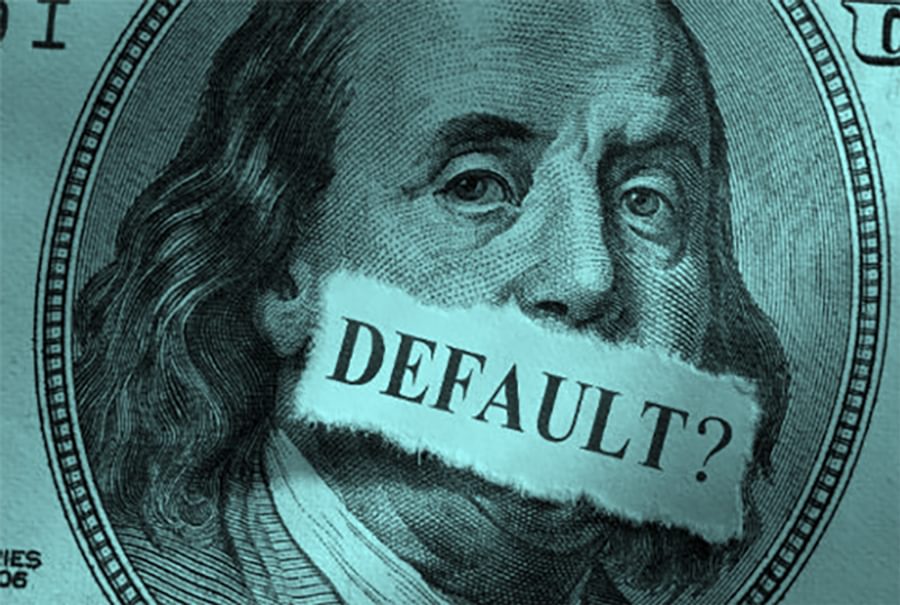Note: This information is from 2022 but much has changed since then. Please be sure to discuss your unique financial situation with your McKinley Carter Advisor or another trusted professional.

A recent IRS Issue Snapshot affirms a retirement plan participant loan is a legally enforceable agreement and terms of the loan agreement must comply with Internal Revenue Code (IRC Section 72(p)(2) and Treasury Regulation Section 1.72(p)-1). The terms of the loan agreement must be explicit in writing or deliverable electronically, and a loan in default is considered to be a deemed distribution. Learn more.
A recent IRS Issue Snapshot (link below) affirms that a participant loan is a legally enforceable agreement and terms of the loan agreement must comply with Internal Revenue Code (IRC Section 72(p)(2) and Treasury Regulation Section 1.72(p)-1). The terms of the loan agreement must be explicit in writing or deliverable electronically.
A loan in default is considered to be a deemed distribution. But plans may offer a cure period during the quarter following the quarter in which the missed loan repayment occurred.
A deemed distribution can occur at the date the loan is made if:
- participant loans exceed the maximum dollar amount of $50,000
- payment schedules do not comport with time or payment amortization requirements, or
- the loan agreement is either not legally enforceable or does not exist.
If any of the above requirements are not met, the loan would be determined to be in default and will be considered a deemed distribution.
A deemed distribution is accompanied by immediate tax consequences to the participant.
To see the complete IRS Issue Snapshot, please click HERE.
